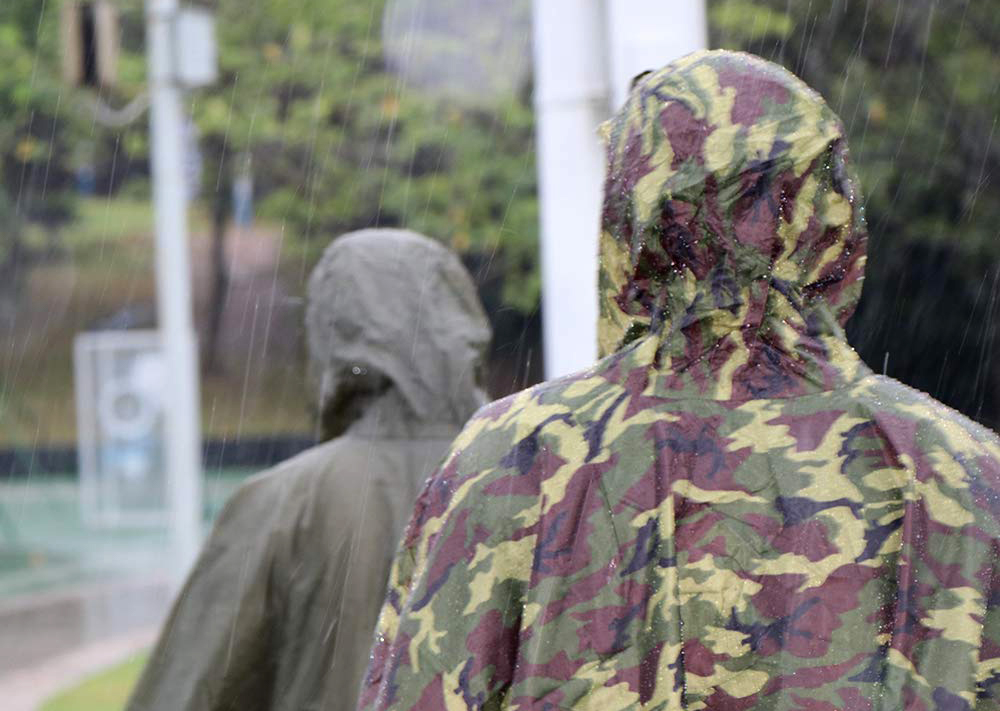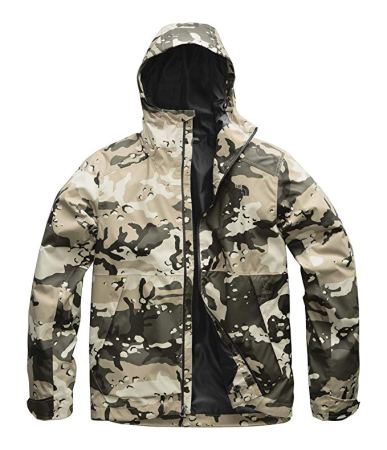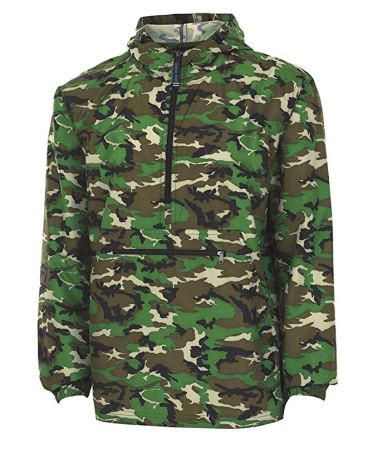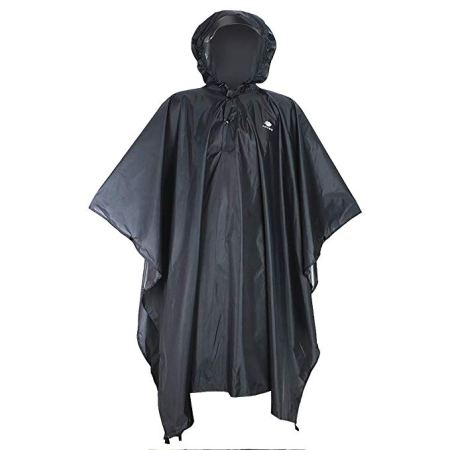We may earn revenue from the products available on this page and participate in affiliate programs. Learn More ›
Good rain gear is as essential to the outdoor lifestyle as a comfortable pair of boots. If you plan to get outside and stay out, you’ve simply got to have it. While there are innumerable brands, weights, colors, and styles to choose from, there are only a handful of variations on this critical piece of apparel. Here’s what to look for in three traditional rainwear styles.
Zip-front Jackets
A zip-front jacket is the most common type of rain top, often sold alone or in combination with a rain pant as a “suit.” The great advantage of a zip-front is that it’s easy on, easy off. If you plan to be active in wet weather, such as when hiking or paddling, look for a top with zippered arm-pit ventilation. A multi-point adjustable and brimmed hood offers the most protection from blowing and dripping rain, and a shock-corded hem helps lock in warmth.
Anoraks and Pullovers
An anorak or pullover style rain top is a little harder to don when a sudden tempest blows up, but it offers more protection. Anoraks present fewer places for the rain and wind to seep in. Because there is no full-length zipper, pullovers can also incorporate an oversized cargo pocket up front with either separate our joined side pockets. For optimal weather protection and thermal regulation, zip fronts and anoraks should be the shell piece of a well-considered system that also includes base and mid-layers.
Ponchos
If you only own one bit of rain gear, make it a poncho. Though not as stylish as a jacket or anorak, a poncho is large enough to drape over a pack or a partner, and in extreme situations could literally save your life. Experienced survivalists know that the most useful items are those that can serve more than one purpose. Practice rigging your poncho as an emergency shelter or tarp, and if you are ever caught out in the wet and cold, that’s one more skill that can keep you kicking and ticking until help arrives.



